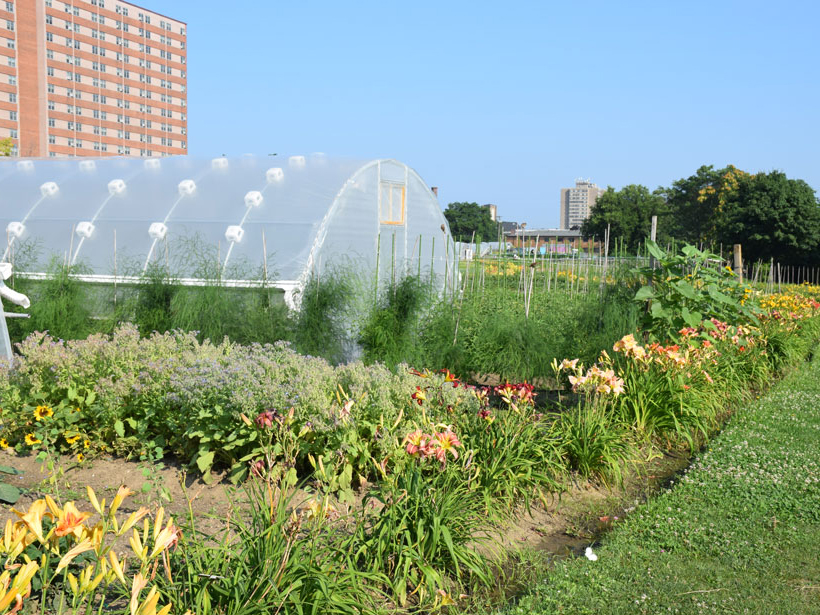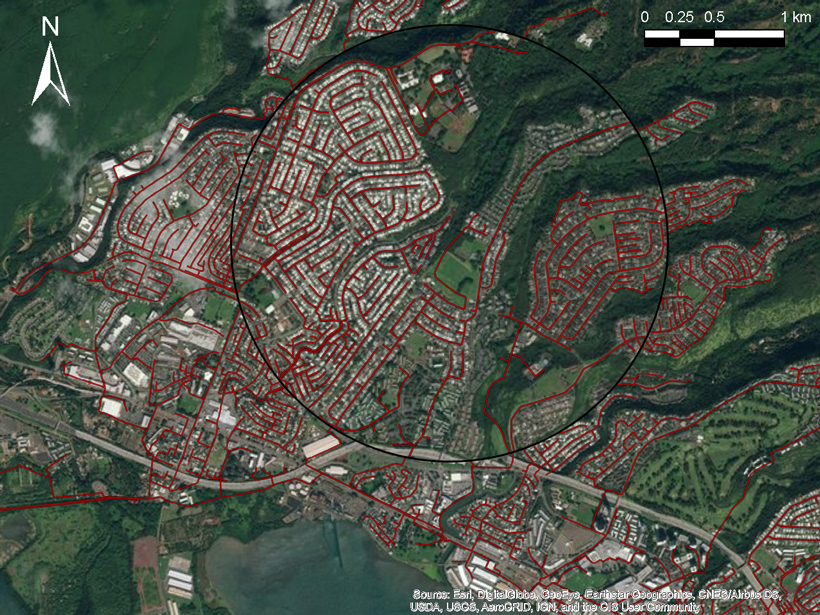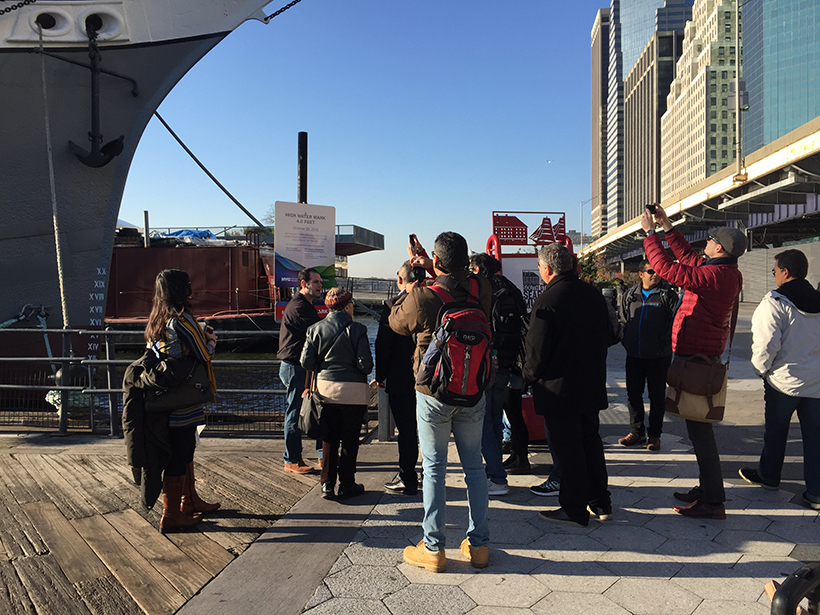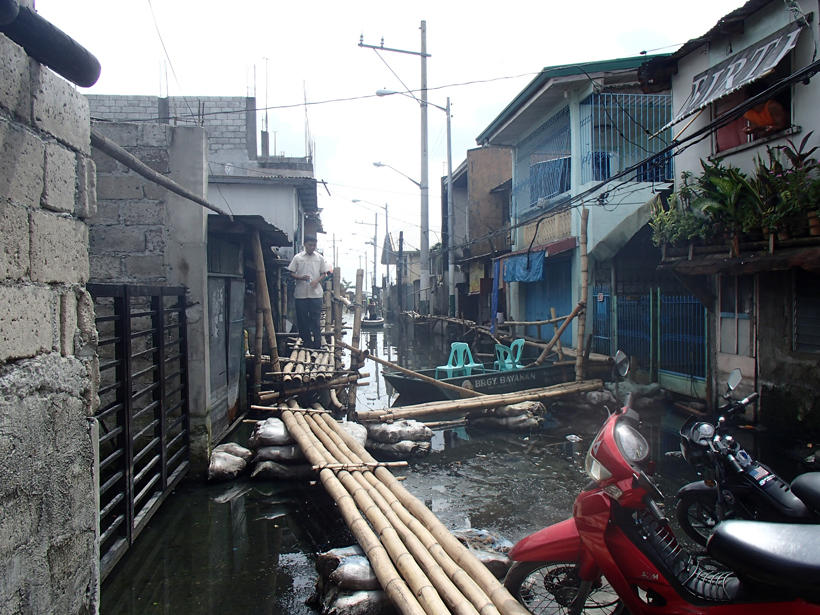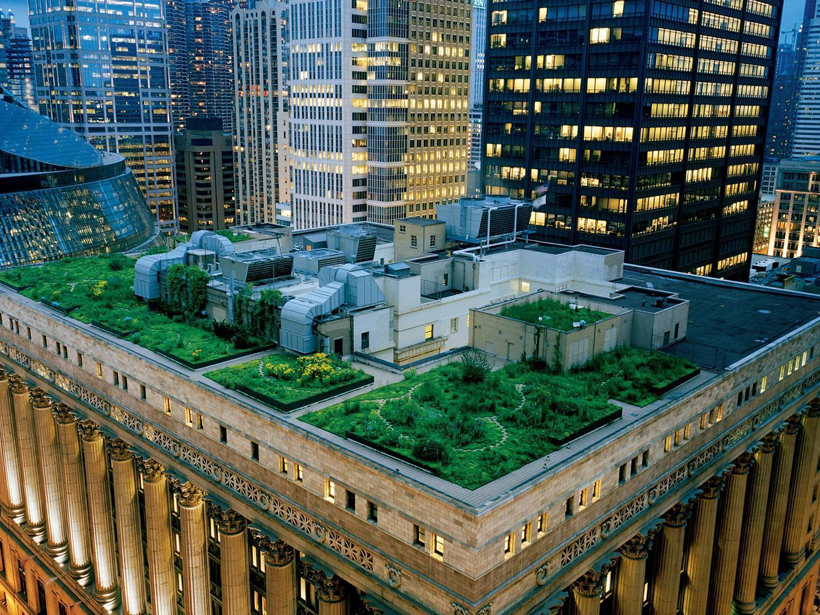Expanding agriculture efforts in cities could improve food security, ecosystem health, and more.
cities
Urban Sewers Evolve Similarly to River Networks
Like river systems, engineered drainage networks become increasingly fractal as they grow.
Integrating Water Science and Culture for Urban Sustainability
Workshop on Water and Environmental Global Challenges: International Water Infrastructures and Security; Miami, Florida, 23–25 May 2017
Modeling Beijing’s Water Crisis
Beijing’s growing population is rapidly draining its water supplies. A new study examines how land use change affects groundwater storage beneath the megacity.
Is Living Near a Farm Bad for Your Health?
A recent commentary in GeoHealth highlighted the health risks for people living close to large-scale livestock farms.
Cities Partner to Prepare for Natural Hazards and Climate Change
NASA-Rio-UCCRN Workshop on Sea Level Rise, Urban Heat Islands, and Water Quality; New York, 14–16 November 2016
Mapping Dengue Fever Hazard with Machine Learning
Researchers develop a predictive software system to identify city-specific, dengue fever risk areas amid a global increase in cases.
Novel Air Pollution Study Gauges Individual Cyclists’ Risks
By attaching an array of instruments to bike commuters in New York City, researchers aim to evaluate ambient pollution amounts and doses at the level of an individual cyclist.
Cities Smarten Up and Go Green
CIENS Urban Conference 2016: Smart and Green Cities – For Whom?; Oslo, Norway, 13 October 2016
Water Challenges of Megacities
After attending a groundwater conference this summer in Shenzhen, China, Water Resources Research editor Jean Bahr reports back and summarizes the water management challenges posed by large cities.

